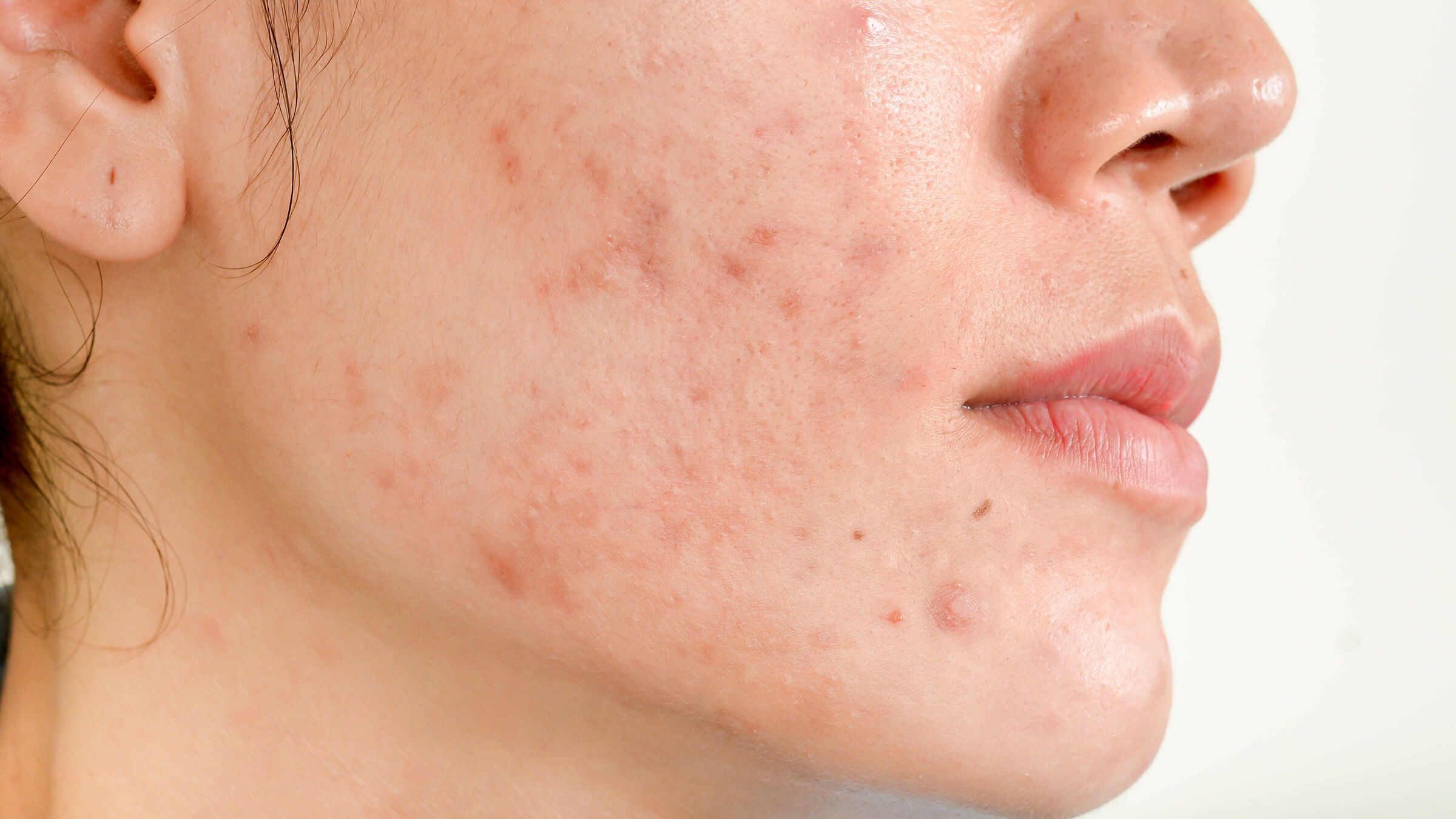
Breaking Down the Science of Acne Scars: Types, Causes, and Treatments
Acne is a skin condition that almost everyone experiences at some point in their life. It can be frustrating and embarrassing, but what’s even more frustrating is when the acne goes away and leaves behind scars. Acne scars can negatively affect one’s self-esteem and confidence, but thankfully, there are treatments available. In this article, we will break down the science of acne scars, including the different types of scars, the causes behind them, and the various treatments available.
Types of Scars
There are two main types of acne scars: atrophic and hypertrophic. Atrophic scars occur when there is a loss of tissue, leaving behind depressed areas in the skin. These types of scars include ice-pick scars, boxcar scars, and rolling scars. Hypertrophic scars, on the other hand, occur when there is an overproduction of collagen, resulting in raised, thickened areas of tissue. These scars are less common than atrophic scars and are usually confined to the chest and back.
Causes of Scars
Acne scars occur when the skin’s natural healing process is disrupted. When a pimple or acne spot forms, it causes inflammation in the skin. If the inflammation is severe, it can damage the underlying tissue, leading to the formation of a scar. The more severe the acne, the more likely it is to leave behind a scar. Other factors that influence the development of acne scars include genetics, age, ethnicity, and skin type.
Treatments for Scars
There are several treatment options available for acne scars, depending on the type and severity of the scars. These options include chemical peels, microdermabrasion, laser resurfacing, microneedling for acne scars, and dermal fillers. Chemical peels involve the application of a solution to the skin to remove the top layer, stimulating new skin growth. Microdermabrasion is a minimally invasive treatment that uses a special tool to abrade the skin’s surface, removing dead skin cells and promoting new cell growth. Laser resurfacing is a more invasive treatment that uses high-intensity light to remove the top layer of skin, promoting new skin growth. Dermal fillers involve injecting a filler substance into the skin to raise depressed or atrophic scars.
Prevention Techniques
The best way to prevent acne scars is to prevent acne from forming in the first place. This can be done by following a good skincare routine, avoiding picking at the skin or popping pimples, and seeking acne treatment as soon as it begins to appear. For those who already have acne scars, sunscreen is crucial to prevent further damage to the skin. Sun damage can worsen the appearance of scars and increase their likelihood of developing.
Acne scars can be challenging to deal with, but knowing the types, causes, and treatments available can help. It is essential to seek treatment as soon as acne begins, as the severity of the acne can influence the likelihood of scarring. Prevention is also key, so a good skincare routine and avoiding picking at the skin are essential. With the right treatment and preventative measures, it is possible to reduce the appearance and impact of acne scars. It is important to choose the right service provider for your acne scars treatment. Check out makeO skinnsi and explore some affordable acne scar treatment options here.



Average Rating